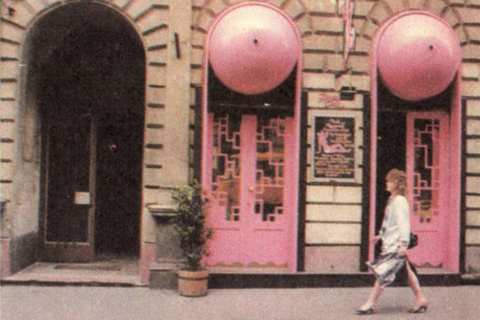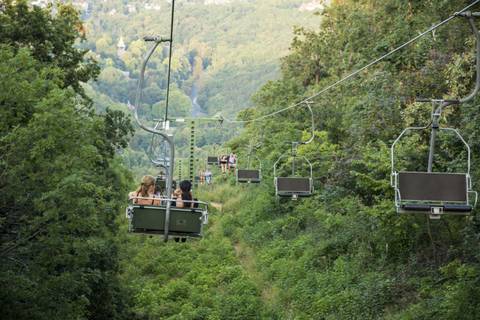From the cellar to the roof, we explored the half-complete House of Hungarian Music designed by Sou Fujimoto of Japan. A couple of elements are now recognisable from the original plans, with more sure to follow.
Even with just the initial visuals, the House of Hungarian Music has always promised to be the most architecturally exciting feature of the wide-ranging transformation of the City Park, a long-term enterprise that is still ongoing.
The House of Hungarian Music is the one part that has caused the least controversy, both among professionals and the public. This is partly due to the fact that the site stands on the ruins of the former Hungexpo office building. Of an overall 10,000 square metres the new park will cover, the HoHM will occupy about a third.
The most common criticism of the building is why another such public institution and concert hall is needed in a city with Müpa, the Franz Liszt Music Academy, the Opera House and other illustrious landmarks. The answer to this is that the HoHM is intended to play a different role.
In addition to the concert hall and lecture hall, there will be music education workshops, a library and several exhibition spaces, as well as a larger open-air stage facing the City Park that evokes the atmosphere of old music pavilions. Hungary’s rich musical heritage will be presented in a meaningful way.
As for the building itself, most already recognise it because of its roof dotted with holes, floating in organic symmetry with the trees immediately surrounding it.
These circular openings will penetrate the roof and, in many places, the ceiling. There will be almost 100 in total, individual skylights that not only illuminate the offices and halls on the upper storey, but bring natural light down to the lower levels. Cavities will also hover above the alfresco areas.
The designer intends to surround the building with glass walls and cladding of a special bronze-green, with light and ambient false ceilings and floor coverings. The complex will thus blend the built environment in with nature.
The building's cooling and heating system are another curiosity: 120 soil probes will be placed 100 metres deep to provide the house with environmentally friendly, renewable, geothermal energy, and the building’s cooling facility will come from the equipment for the adjacent ice rink.
The underground levels, where the exhibition spaces and the sound dome will be, are almost in place, with the raw concrete shapes of the central twisting spiral staircase already impressive.



